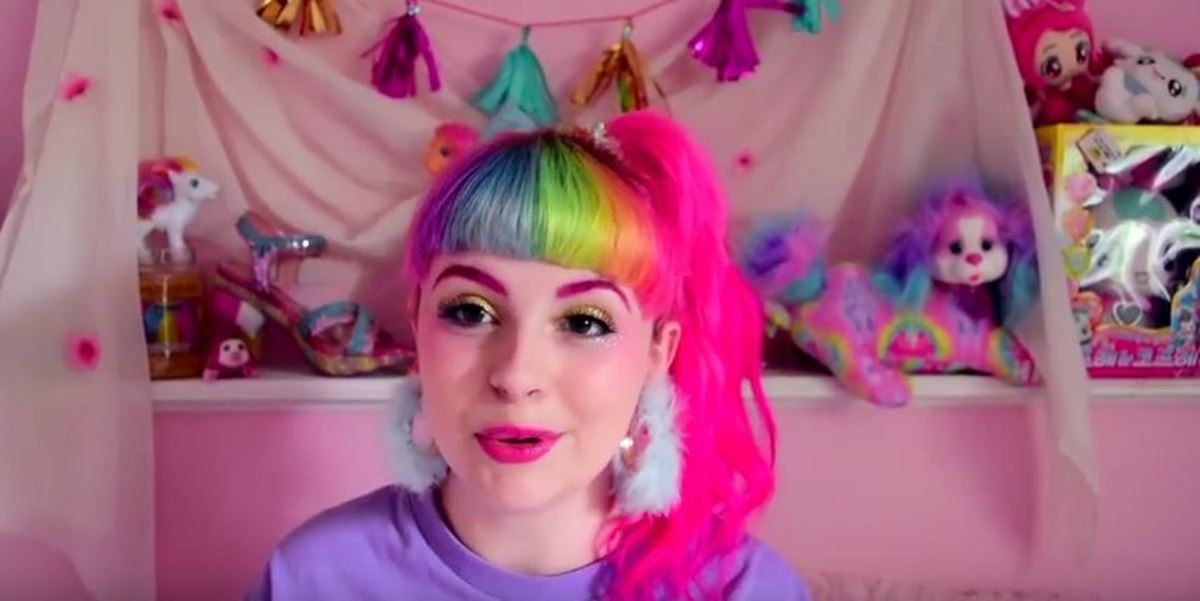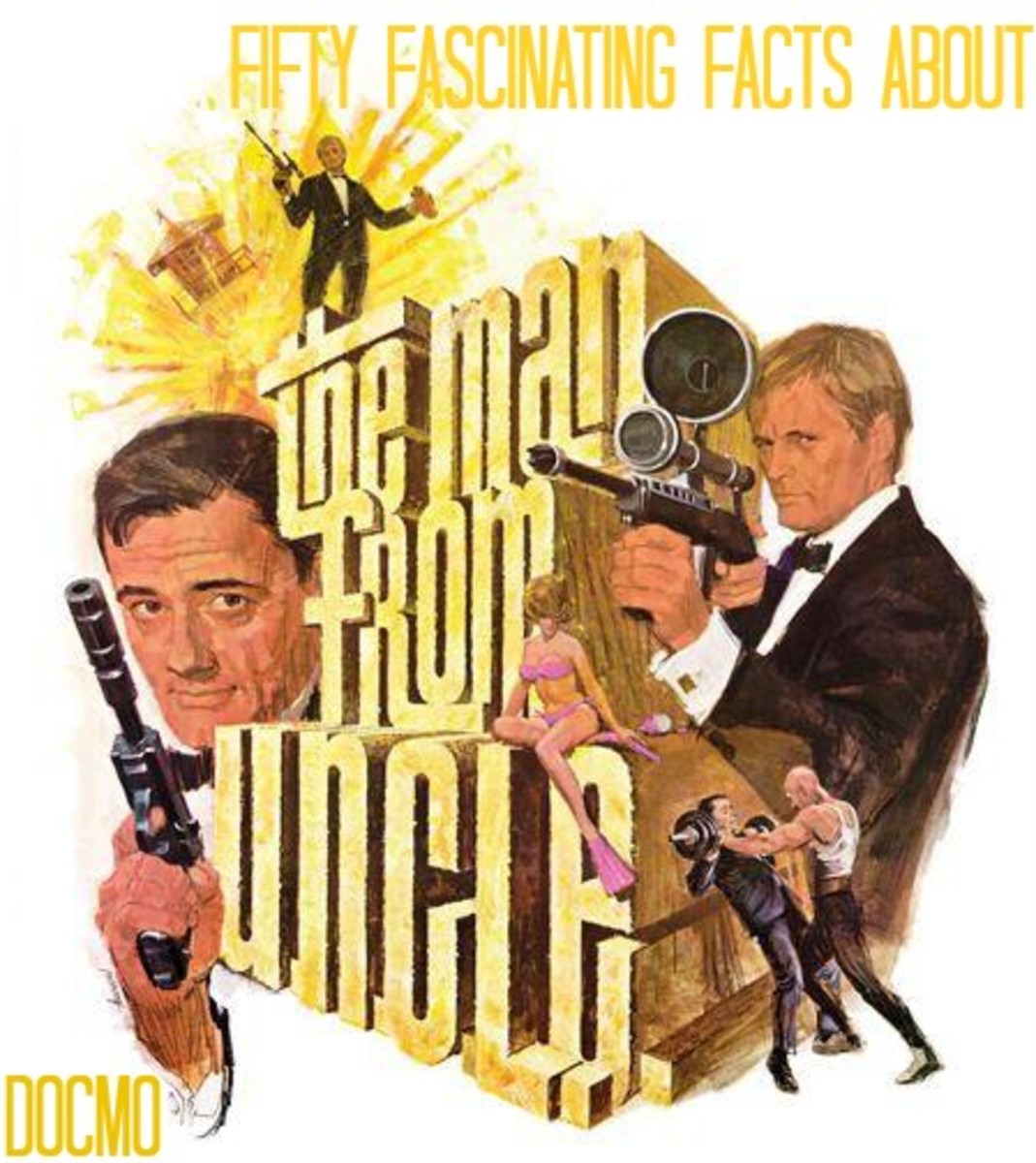Top 10 Reasons to Cut the Cord (Why YouTube Is Better Than Cable)
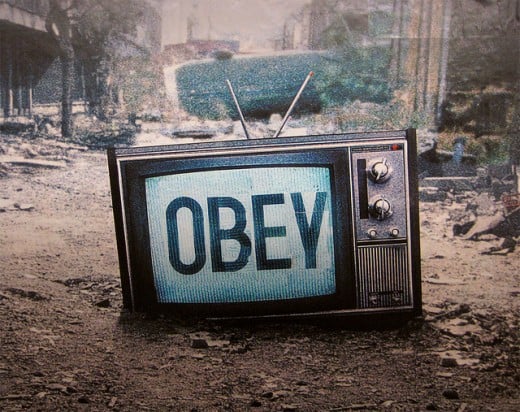
The Death of Cable
Since the dawn of YouTube in 2005, cable TV's dominance over our entertainment industry is fading.
Netflix and Hulu may have taken the blame for cable TV's demise over the past decade, but the beginning of the end arrived when an unknown video sharing site took center stage.
YouTube has grown exponentially since its introduction, and there's nothing holding it back. Meanwhile other streaming sites are evolving their programming choices and have introduced cheaper alternatives that caused millions to cut their cords and say goodbye to cable for good..
However we'll focus on what started the decline and count down the 10 ways YouTube began cable's demise.

10. Limitless Entertainment
When a video sharing site has the ability to upload billions of minutes worth of daily content, then it's easy to see why people would tune in.
The days of mundane, funny cat videos are over unless you're still interested in seeing hilarious cat action (it's still there), but YouTube is no longer known for only those kinds of videos.
There are videos for everyone from a curious mom to a teen looking for something to tell friends to doctors researching information for their next college presentation.
- The limitations don't exist anymore, and anything you can imagine exists.
That's not to say everything is view worthy, and there's plenty of things you'd never want to see, but there's also a lot that's worth watching. Netflix, Hulu, and Amazon Prime Videos are changing the way we see things, but YouTube has changed the scope of entertainment on a global scale.
9. Organized, Niche Content
Having billions of videos can get a bit messy, but luckily it's organized into an array of categories so viewers don't have to jump around too much.
There are music channels for those interested in music videos, tutorials, and other forms of music. There are educational shows great for parents, young kids, and educators looking for different ways to lecture students.
There are DIY (Do-It Yourself) channels for those looking to set up anything from central air units to light fixtures.
Online programming is no longer scatter brained, and channels have been developed in accordance to specific niche topics for your liking.
It's more imaginative than cable entertainment because of the amount of categories and spectrum they reach.
8. YouTube Vloggers and Comedic Personalities
I've written about this before in my other YouTube articles, but I can't stress how vloggers and other internet celebrities have taken over mainstream stars.
They're another reason why people, particularly teens, have been more interested in hearing what they had to say compared to actors they watch on cable.
Why you may ask?
- Vloggers have taken advantage of social media and used it to establish a more interpersonal connection with their audience.
They ask for suggestions, accept fan art, actually read and respond to comments, and drive their craft from fans/viewers.
Since they have the independence to talk about almost anything online, they don't have to adhere to strict guidelines like cable TV does.
Vloggers can talk about their lives and things that matter to them, which is more personal than the characters actors and actresses portray on television.
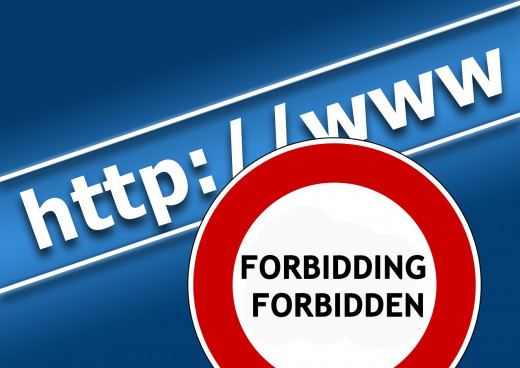
7. Less Censorship
YouTube doesn't have unlimited censorship, but it's a hell of a lot more than cable shows do. The swearing has zero limits and YouTube channels won't get penalized for it.
Obviously you can't have pornographic content on YouTube because that's not what the site is about, and nudity isn't allowed unless it's medically related. Normal content that exceeds those limits may be flagged/taken down or given an 18+ age sign in option.
Besides that there isn't much to censor. I've seen extremely violent YouTube videos that I'd never see on TV, I've watched content with tons of swearing that hasn't gotten flagged, and I've seen topics that I'd never see on cable.
The bottom line is that censorship on YouTube is far less stringent than on cable. You can dispute that all you want, but I think it's pretty obvious if you've ever been online.
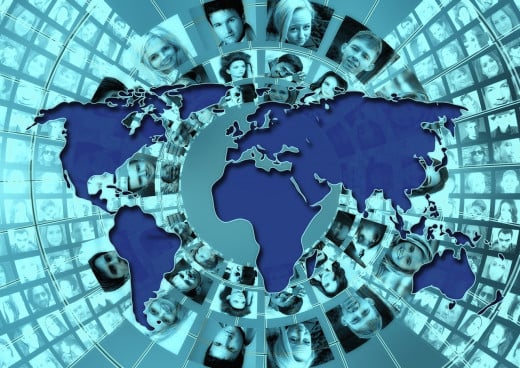
6. Worldwide Entertainment
YouTube has the clear distinction of having a worldwide reach. They literally have billions of viewers around the world, and it's growing everyday.
It's actually amazing to think a video you watch in the United States could be the same one being viewed by someone on the other side of the world. The comments you read and respond to could be from a place you might have never heard of (silly ignorant Americans).
Cable has always had its limits because shows couldn't be broadcast everywhere or they were banned from various countries. YouTube is available to nearly everyone with very few exceptions, and the effects of that are monumental.
It really makes YouTube incredibly diverse in viewership, and it brings us together more than any other policy of entertainment.
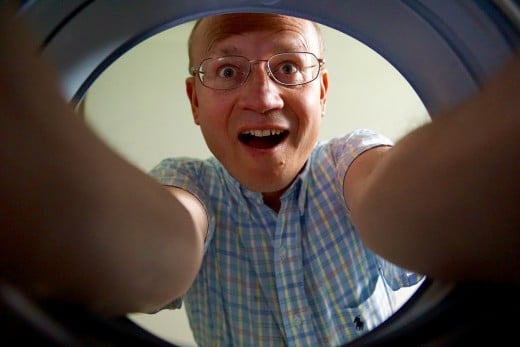
5. Portable Access from Anywhere
Stemming from the global reach, YouTube could be easily accessed without the need to wait for your favorite content.
- YouTube Channels also have archived content, so you can check out previous videos from your favorite channel if you've missed them.
On cable, there are certain times when a favorite show comes on so there's always a wait. With YouTube, chances are you won't have to wait very long for it to come out.
Vloggers, in particular, may upload multiple videos every day, so there's always something to look forward to.
And if you have to wait, then they'll always be other channels pertaining to your topic or archived content you could go back to. The waiting times will never be as long as some of your favorite TV shows.
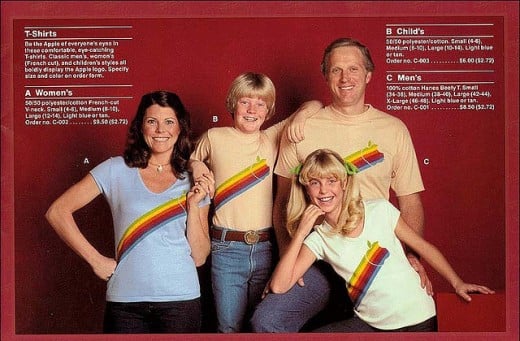
4. Less Commercials and Shorter Ads
YouTube viewers still complain when an ad shows up only to forget that cable ads are often 4-5 times as long as their standard 15-30 second ad.
There are many times where you can skip ads after a mere five seconds, so I really don't understand the complaints. Ads are necessary for YouTube channels to function, and I hope people realize that before using ad blockers.
The advertisements are far less intrusive than those minutes worth of commercials you'd see on cable.
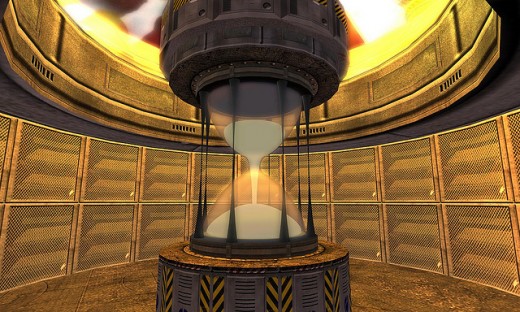
3. Quick Viewing for Time Management
Don't have time to watch something on TV?
Just go online and click on your favorite YouTube clip.
Chances are the video you see online is a short 4-6 minutes compared to a 20-30 minute show on cable. And no it's not just because people's attention spans have sharply decreased.
People have things to do and very little time to do them, but everyone craves a bit of entertainment once in a while. With YouTube, you can get your fill and enjoy life an ounce more.
Often I'm watching a "comedy" on TV and wait forever for a laugh, but I could pop in a clip online and start cracking up in a short three minute video.
- Time constraints are not a bad thing.
With only a few minutes to work with, they have to hit those punchlines hard in order to attract viewers. I think it's better watching short clips versus long winded shows where it takes forever to generate something watch-worthy.
2. Celebrities on YouTube
Cable is losing the battle on all fronts, and it's so bad that they're losing celebrities to the internet.
Some of the most popular YouTube channels are daytime and nighttime show clips from talk show hosts like Ellen Degeneras and Jimmy Kimmel, but it's far more reaching than that.
- Many mainstream celebs have joined/participated in popular YouTube channels, and it's no longer a fad to do so.
A few years ago stars would've been laughed at and not taken seriously if they ever got involved on YouTube, but today it's become an essential part of staying relevant in the industry.
Teens are not looking towards mainstream stars anymore, which means the rules of how to stay popular needs to shift in order to gain back that fan base. In 5-10 years from now, it won't just be teens that are attracted to YouTube entertainers.
More and more people will turn away from cable shows and start looking at content directly geared towards them, and eventually that's where the big stars will be located whether it's YouTube or other streaming platforms.

1. YouTube's Free Content
The price of paying for cable continues to rise incrementally while the costs of streaming content and watching YouTube videos has been declining.
And technically YouTube offers mostly free content so you're only paying for internet, which you'd be paying for streaming shows anyway.
As the amount of viewer options continue to increase through streaming platforms like Hulu, then subsequently the rising costs of cable will be seen as a deterrence.
People do not want to spend hundreds of dollars each month on cable subscriptions anymore, and the amount of individuals cutting cords is growing rapidly.
- Cord cutting is the ultimate death to cable, and it will not stop.
I don't think there's anything cable TV can do to halt the inevitable, and it all began with the rise of YouTube and Netflix some 10-15 years ago. They began an avalanche that can't be avoided.
Ultimately the rising prices and narrow content scope have killed cable, and it will never return to the forefront no matter what companies tell you.

